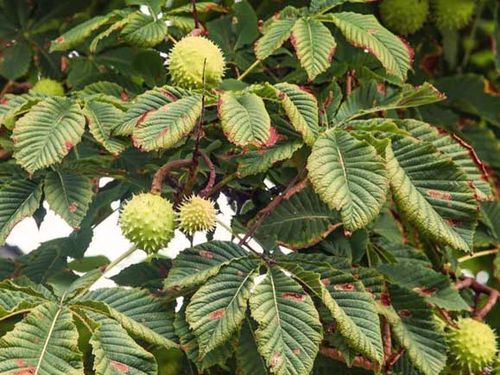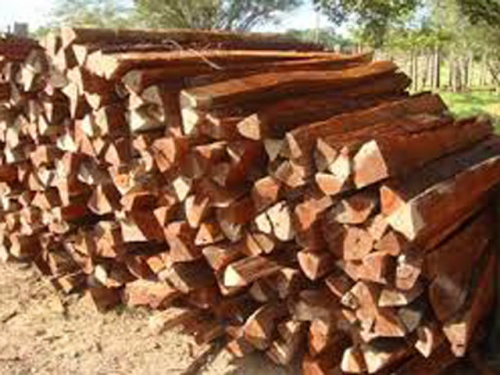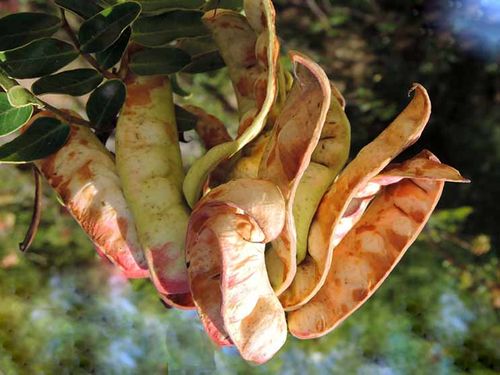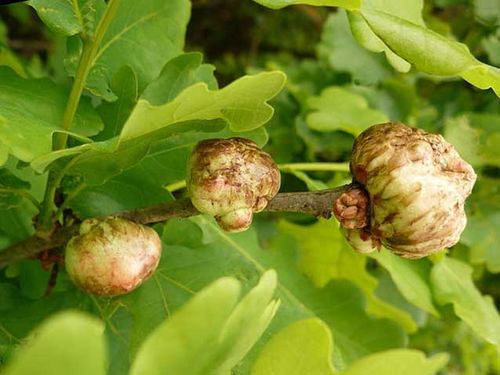Difference between revisions of "Ecotan leather"
| Line 10: | Line 10: | ||
<p align=center> | <p align=center> | ||
| − | [[bild:Kastanie Gerbstoff.jpg| | + | [[bild:Kastanie Gerbstoff.jpg|500px]] |
| − | + | ||
</p> | </p> | ||
<p align=center> | <p align=center> | ||
| − | [[bild:Tara.jpg| | + | [[bild:Quebracho-02.jpg|500px]] |
| − | [[bild:Gallnut.jpg| | + | </p> |
| + | <p align=center> | ||
| + | [[bild:Tara.jpg|500px]] | ||
| + | </p> | ||
| + | <p align=center> | ||
| + | [[bild:Gallnut.jpg|500px]] | ||
</p> | </p> | ||
<p align=center> | <p align=center> | ||
Latest revision as of 17:32, 16 September 2022
The company Silvateam in Italy offers a new vegetable tanning technology to tanneries, which is strictly focused on sustainability. The focus is on eco-friendly products and processes and the brand name is Ecotan and the so produced leather is called Ecotan leather. Ecotan is appliable on all common leather types. The tanning process of Ecotan is metal and glutaraldehyde-free and Ecotan leather can be transformed into fertilisers for organic agriculture at the end of their useful life.
The Ecotan vegetable tanning technology uses only ingredients that are deemed safe and bio-circular. The natural tannins of the Ecotan leather tanning are from chestnut and quebracho wood, tara pods and gallnuts. The chestnut tannin is the primary ingredient. The cultivation of the plants is sustainable and there is an ongoing replanting program carried out as part of a collaboration between tannin producers and the owners of the woodland.
Chestnut and quebracho wood, tara pods and gallnuts.
The Ecotan vegetable tanning technology is a combination of traditional tanning methods and the demand of the markets concerning sustainability.
Additional information












 a kotori web solution
a kotori web solution